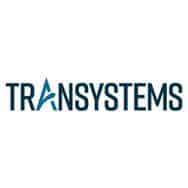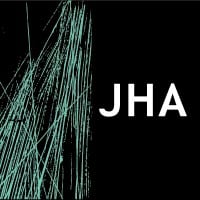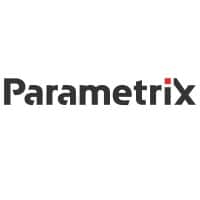In this episode, we talk to Anastasia Athanasiou, a Postdoc fellow in Structural and Wind Engineering at Concordia University about the performance-based multi-hazard design of buildings, and more specifically, the effects, similarities and differences of wind and earthquakes loads on buildings and how engineers can enhance the inherent resilience and improve the robustness of buildings.
Engineering Quotes:
Here Are Some of the Questions We Ask Anastasia:
- In 2017 you were invited to present your work to the ‘1st Japan-Greece International Workshop by Young Researchers on Advanced Materials and Technology for Applications to Steel and Composite Steel/Concrete Structures’, in DPRI Kyoto University. Can you tell us what you presented there, and how that experience has benefited your engineering career?
- What are some of the similarities, as well as differences of wind and earthquake loads and how they act on buildings?
- What are some of the latest challenges you have seen in the wind design practice?
- Why is it so important to do an earthquake risk assessment, and what does that involve?
- You often hear engineers talk about a multi-hazard design. What that involves?
- In your opinion, what kind of multi-hazard engineering strategies can be incorporated into the design to enhance the inherent resilience and improve the robustness of buildings?
- What career advice would you give to young engineers who would like to achieve similar success as you did?
Here Are Some of the Key Points Discussed About Performance-Based Multi-Hazard Design of Buildings:
- In 2017 I presented my work on earthquake protection systems to the ‘1st Japan-Greece International Workshop. The presentations focused on my PhD work that included data collected from a full-scale free vibrations task that was performed on a realm building in Sicily. It was a great opportunity because we got to meet many career researchers and masters’ students. We also visited some sites that were affected by the big 1995 earthquake. This event helped me to expand my knowledge and network in engineering tremendously.
- Some of the similarities between wind and earthquake loads are that they are both accidental and lateral loads which means that you apply them as horizontal loads that act on the structure. Wind is essentially applied and conceived as an external force.
- The way we perceive earthquakes is like inertia. An earthquake depends on the mass and stiffness of the structure and the acceleration of the earth. Wind loads depend primarily on the environment, location, size of the buildings, and the direction and velocity of the wind.
- Seismic intensity is described as peak ground acceleration. Whereas wind intensity is described as velocity or velocity pressure. Seismic recordings show the acceleration time history of the ground which is described as a graph that moves above and below zero because of the cyclic loading inflicted on the structure. Wind speed recordings show a time history of normalized pressures oven a given time. The wind has a strong static component which means the average reading is not zero because the wind is causing the building to move in one direction. It is called the displaced equilibrium because wind gusts cause the graph to fluctuate around the displaced equilibrium, and not zero as in seismic events.
- Earthquakes cannot be predicted but wind loads can be predicted by studying meteorological data, and warnings can be issued.
- Earthquakes are replicated using shake tables on models, and even on full-scale structures. Winds are replicated in wind tunnels on models that are scaled down to three hundred or more times smaller than the original structure.
- There is a lot of work that must still be done in wind engineering because it is still a young profession. Most major international codes have the same strength-based design for wind. The amount of strength that the structure needs is based on the frequency of strong wind events the structure will be exposed to. Strength-based design for winds should now start to change towards efficiency design like seismic design is currently doing. The ductility and inherent strength of structures must be considered to enable a cost-effective design process.
- If you are studying to become a seismic engineer, start looking at different kinds of hazard engineering positions that will be available to you when you graduate. Becoming something other than a seismic engineer will take some more learning to be done, but you will have many more work opportunities made available to you.
- Earthquake assessments are important because around half of Americans are exposed to seismic events and the cost of earthquake damage in the US is around 6.1 billion dollars annually. The newer building codes are more inclined to make structures that will survive seismic events with minimal damage, but the older buildings were built according to older codes and do not have the same outcomes after seismic events. The only way to make the older building more updated is to retrofit them.
The Steps of a Risk Assessment Are:
- Identify the hazard and get all information on recent events in the area.
- A structural analysis must be done on a good model of the structure.
- Based on the structural analysis, the latest codes must be applied to the structure to see what the engineering demand parameters are.
- Use a mathematical model applying the engineering demand properties to find the probability of damage being caused to the structure.
- A decision must now be made in terms of social-economic variables to determine if the structure is harmful, how long it will take to repair, and what the costs of the repairs will be.
- Risk awareness must be done by the scientists, engineers, and researchers in a way that the public can understand. They organize risk awareness events, go to schools, and talk to the public to raise awareness of the risks. It will help the public to act and take steps to protect their lives and property.
- In school we study about single hazards, may it be man-made or natural. Multi-hazard design is designing a structure to withstand more than one hazard in its lifetime. For instance, if you experience high winds in conjunction with heavy rain in an area, your design must be designed to withstand both.
- Multi-hazard engineering strategies must include diverse experts and professionals on your design and construction teams. They must consider not only the direct impacts that a hazard can have but also the impacts that a hazard has on society long after the event occurs. Designs must be made to minimize the impacts of hazards and minimize the costs.
- As an engineering student you must be yourself, do what you like, and try to learn from others, be honest with yourself, and remember that hard work is more valuable than intelligence. There are many different opportunities and fields in engineering. Try new things until you find a place in your career that you enjoy.
More Details in This Episode…
About Anastasia Athanasiou:

Anastasia has presented her work at the most important conferences in the field of structural engineering. In December 2017 she was invited to present her work to the ‘1st Japan-Greece International Workshop by Young Researchers on Advanced Materials and Technology for Applications to Steel and Composite Steel/Concrete Structures’, in DPRI Kyoto University. Moreover, she has attended several high-level courses in topics concerning structural and computational mechanics, and earthquake engineering. In 2013 Anastasia was awarded a scholarship sponsored by Microsoft Research Advanced Technology Labs Europe to attend the GECCO-2013 conference in Amsterdam, where she exposed her research to an audience specialized in computer engineering.
Because of her work with the students and her scientific skills, in 2013 Anastasia was appointed by the Department of Civil Engineering and Architecture in Catania (DICAR), Italy, as an official member of the examination committee for the course of Structural Dynamics. She has been a scholar advisor for the Civil Engineering Association of Concordia University, financial director of the Earthquake Engineering Research Institute Concordia chapter, and serve as a reviewer for prestigious journals, such as Structures, Journal of Wind and Industrial Aerodynamics, Earthquake Spectra, Bulletin of Earthquake Engineering, Soil Dynamics and Earthquake Engineering, Journal of Earthquake Engineering.
About the Hosts
Mathew Picardal, P.E.

Cara Green, EIT
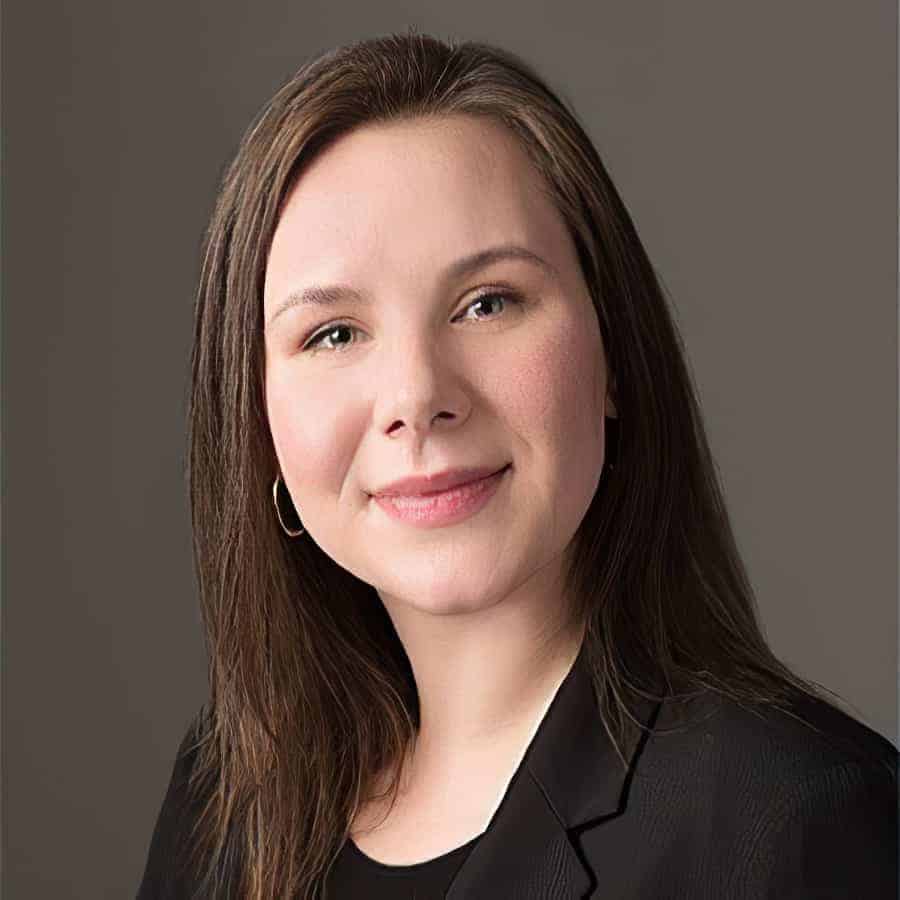
Sources/References:
ASCE 7-16 Wind Load Provisions
ASCE – Performance-Based Wind Design of High-Rise Buildings
Concordia University
Connect with Anastasia Athanasiou on LinkedIn
This Episode Is Brought to You by PPI
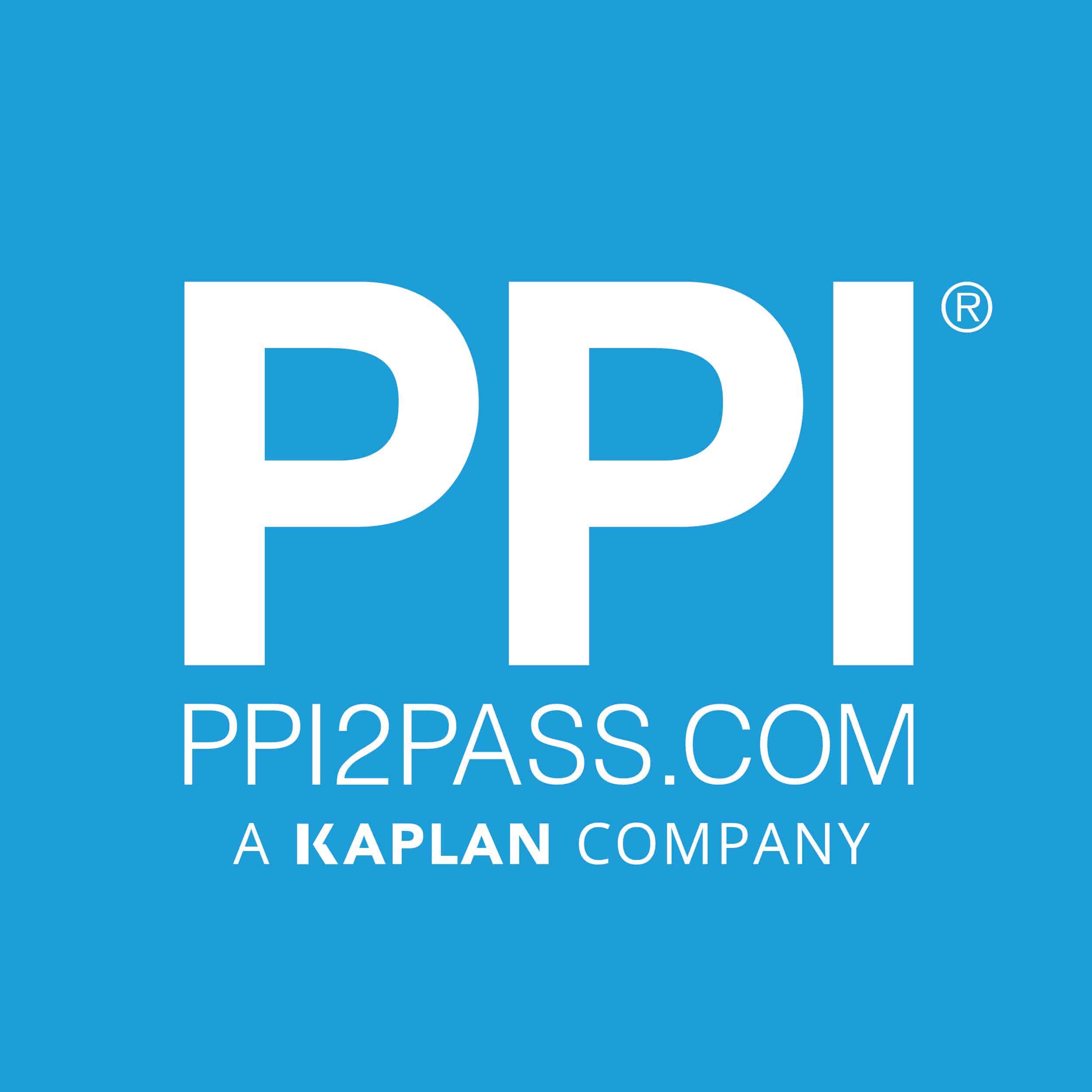
Please leave your comments or questions in the section below on the performance-based multi-hazard design of buildings.










